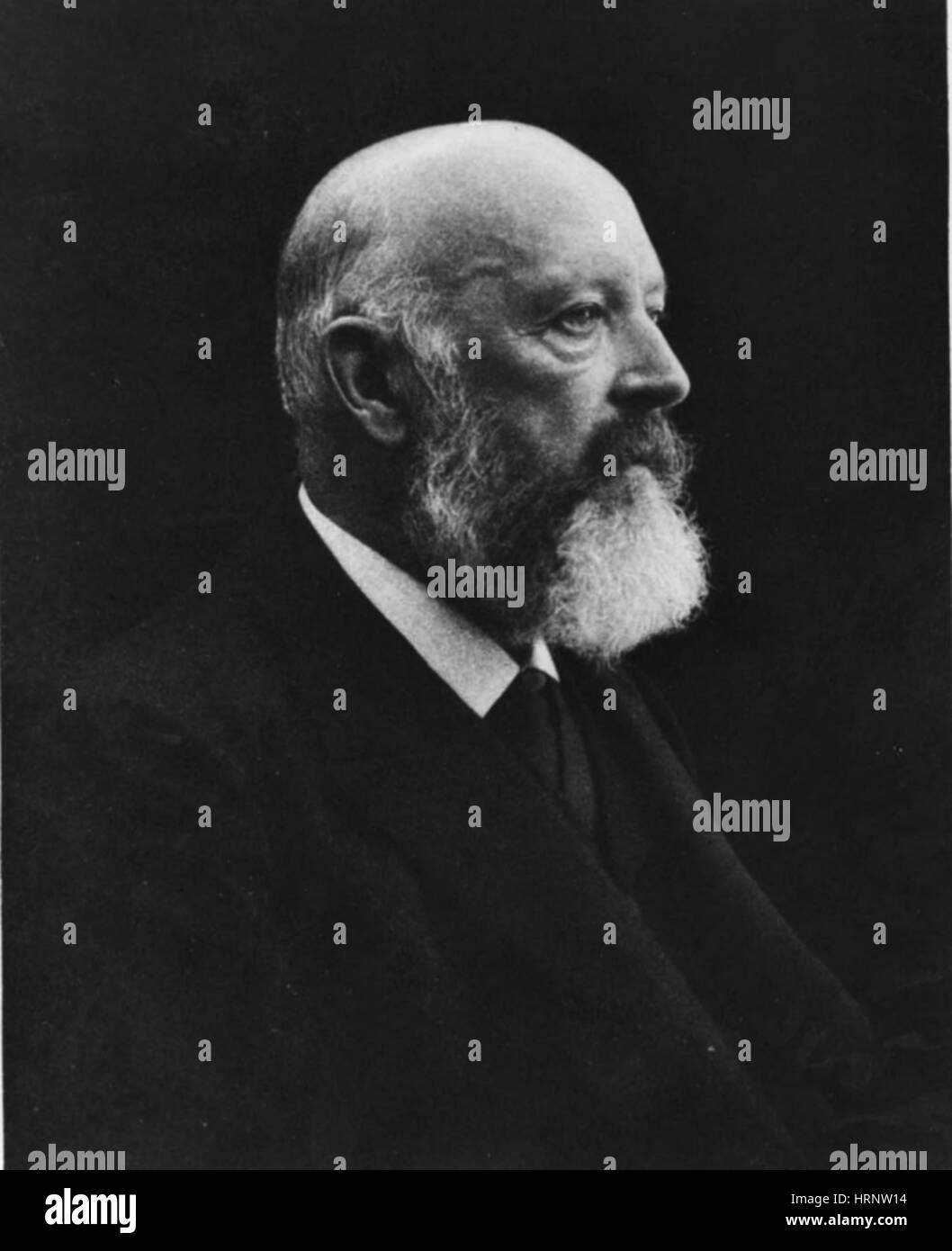Dateigröße:
41,8 MB (349,2 KB Komprimierter Download)
Öffnen Sie die Bilddatei in voller Größe mit einer Bildverarbeitungssoftware
Format:
3450 x 4239 px | 29,2 x 35,9 cm | 11,5 x 14,1 inches | 300dpi
Weitere Informationen:
Dieses Bild kann kleinere Mängel aufweisen, da es sich um ein historisches Bild oder ein Reportagebild handel
Johann Friedrich Wilhelm Adolf von Baeyer (October 31, 1835 - August 20, 1917) was a German chemist. He initially studied mathematics and physics at Berlin University before moving to Heidelberg to study chemistry with Robert Bunsen. There he worked primarily in August Kekul̩'s laboratory, earning his doctorate (from Berlin) in 1858. His chief achievements include the synthesis and description of the plant dye indigo, the discovery of the phthalein dyes, and the investigation of polyacetylenes, oxonium salts, nitroso compounds (1869) and uric acid derivatives (1860 and onwards) (including the discovery of barbituric acid (1864), the parent compound of the barbiturates). His contributions to theoretical chemistry include the 'strain' (Spannung) theory of triple bonds and strain theory in small carbon rings. In 1881 the Royal Society of London awarded Baeyer the Davy Medal for his work with indigo. He was elected a Foreign Honorary Member of the American Academy of Arts and Sciences in 1884. In 1905 he was awarded the Nobel Prize in Chemistry "in recognition of his services in the advancement of organic chemistry and the chemical industry, through his work on organic dyes and hydroaromatic compounds". He died in 1917 at the age of 81.
